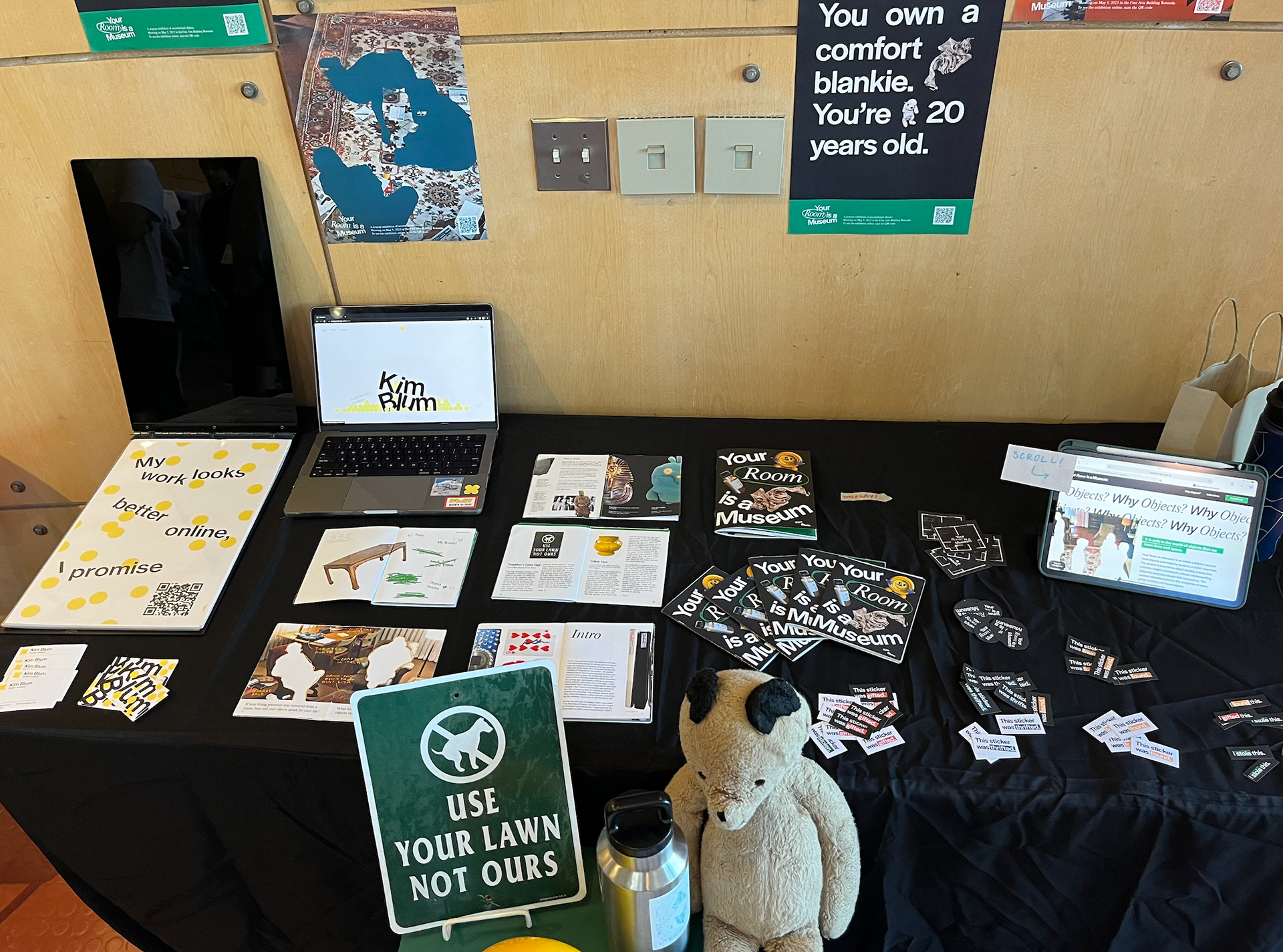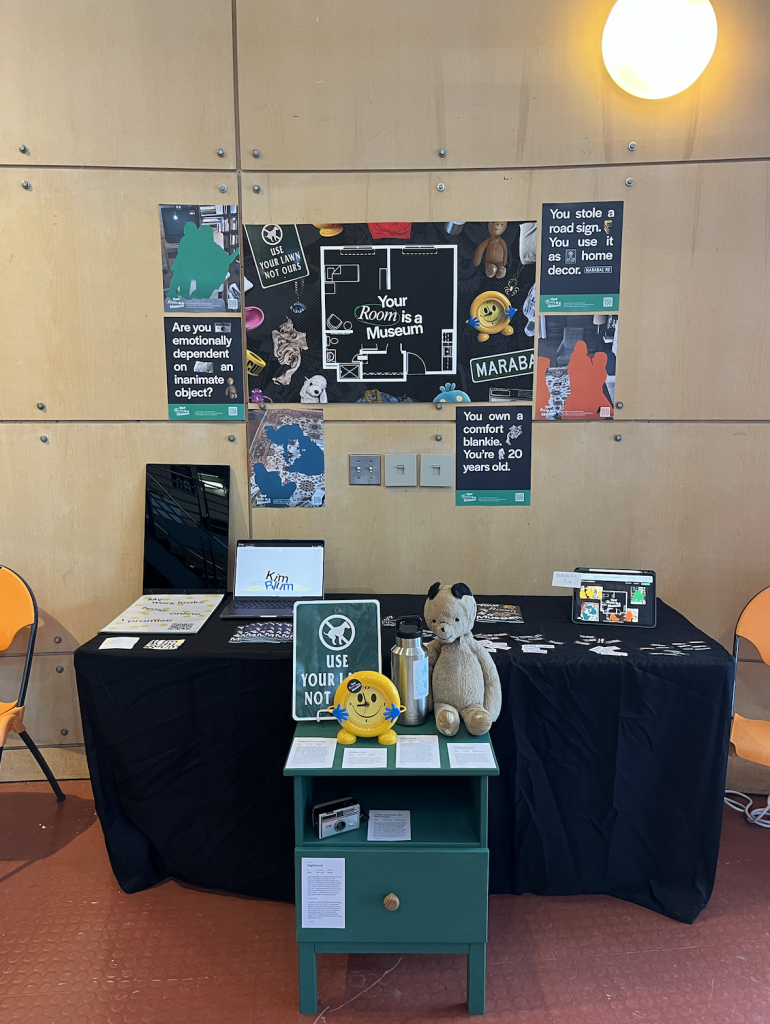Your Room is a Museum
Walls, plaster, ceilings, wooden floors. These are the physical boundaries that transform a space into a room. While a room may not seem of much value, the objects that live and exist in the space do hold value. Why? Because that is what defines the room to be yours. It is physical evidence of human existence in time and space. Take a look around your own room. You might see your favorite books, a vase, or a blanket your great-great-grandmother knitted.
Despite how meaningless these objects seem, they are fundamental to how we live. We embed our cultural histories and narratives within our everyday objects. As we start to shift our crafts, storytellings, and memories to a digital space, we must remember not to lose value in physical materials.
My Project
Your Room is a Museum is an online exhibit of stories about second-hand objects submitted by students of SUNY New Paltz. The project serves as an opportunity to retell the story of an object, as well as inspire others to reflect on objects through a critical lens.
Through use of nostalgic imagery, tilted typography, and collage, my design choices reflects ideas of memory, objects, and space. My final deliverables include a website, print catalog, and promotional materials.
Client
BFA Graphic Design Senior Thesis Project
Branding, Website, Print Catalog, Posters, Social Media, Motion





Process
View PDF of Process book!







